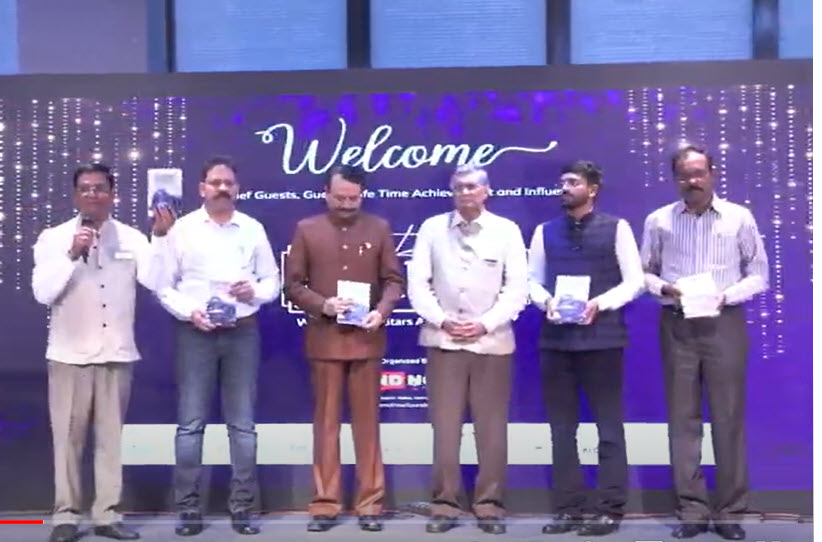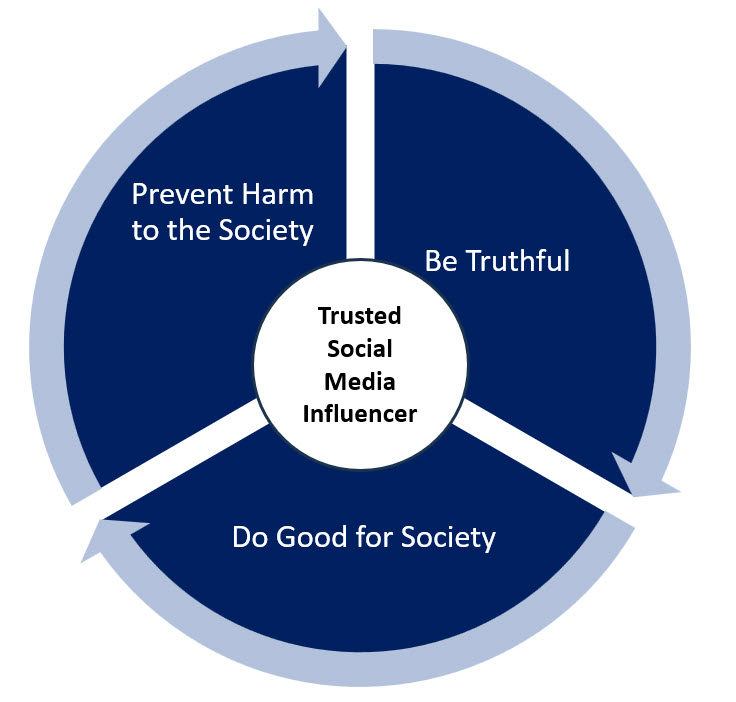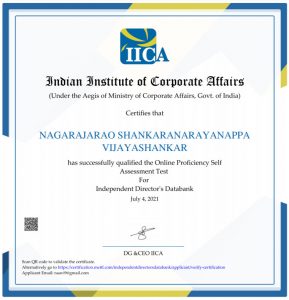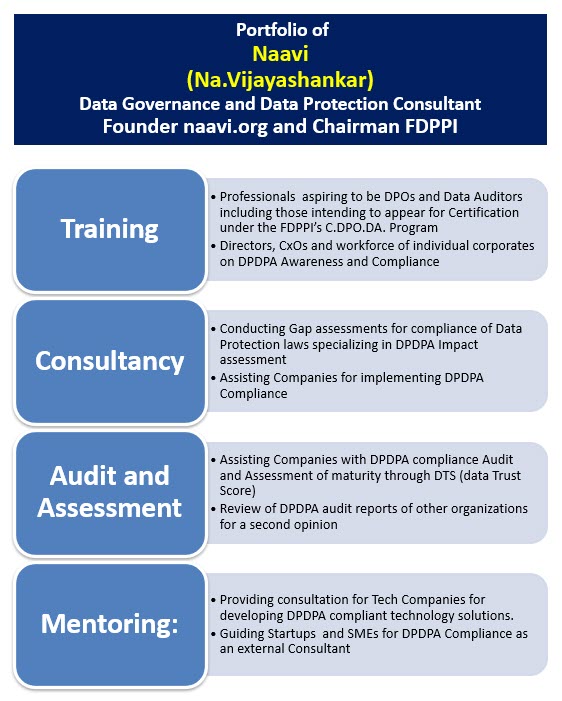The democratic society has long believed that “Journalism” is a noble profession and “Media” is an important part of the democratic society. As a result “Freedom of Press” was considered an important principle and was equated to “Freedom of Speech” as a fundamental right. Unfortunately, in the recent decades, Media has given up its status as a purveyor of neutral information and become a mouth piece of some ideology. If we recall the earlier Akashavani news of 9.00 pm and compare it with the prime time TV debates of today, the difference is clear.
The earlier radio news and thereafter the DD News was not as dramatic as today’s TV debates but it did give some information on what was happening in India. Even BBC was a highly respected media that gave out news from across the world. During the emergency days, Indian news lost its credibility and forced Indians to start distrusting the Government media . That was the time when we were relying on the BBC more than Indian news. Though Indira Gandhi left the scene, the trust of the Government media did not fully come back.
When the new media with Internet came in, it was a breath of fresh air that brought news directly from the public. Every Internet user became a potential reporter and the message boards became the alternative to PTI news feed. Once the platforms enabling P2P broadcast developed, the era of Citizen journalist was born.
Had this development been used properly, we would have seen a golden era of news directly from the market like the breaking news reporting of the Osama Bin Capture on the Twitter. Unfortunately the greed of people spoiled the market once again and P2P reporting became a ground for commercial broadcasting of views more than news.
While news papers like Times of India became advertorial publications, respected publications like Hindu became ideological publications. Either way they lost credibility. In the meantime Arnab Goswami introduced a new kind of journalism where TV debates became useless pieces of shouting of different spokespersons of political parties. Today all TV debates have spokespersons who donot discuss on issues but only put up one biased view over another.
A time has come where viewers are happy to go back to the uninteresting DD news than view the cacophony on the TV screen. Wisdom indicates that the TV channels will soon realize this and try to find a better presentation.
As a result of these developments, today there is no “Media” as it originally existed. TV Channels are just platforms where different political parties present their views. Even when some neutral experts are present in the debate, they hardly get opportunity to speak and anchors are happy to let political big mouths to shout at each other.
If AI based news aggregators are picking up content from these channels, then their outputs will also be as biased and unreliable as the TV news. The Google results and the ChatGPT outputs will get poisoned over time due to the asymmetric dumping of biased information to the Internet.
I am trying to recall these developments to indicate that “Digital Media” of today does not have the characteristics of the so called “Fourth Estate” and has lost the logic for claiming rights such as “Freedom of Expression” or “Freedom of Speech”.
The activists who are crying that the new Broadcasting Bill proposed would be a recipe for censorship should remember that today’s digital media and OTT platforms donot represent “Media” and hence donot deserve or need protection like the olden day publications including the Old Hindu or Old Indian Express.
Today digital media is always biased either with commercial interests or with ideological issues. We either have advertisement dictated content or Soros dictated content. Hence the regulation of licensing and regulation of content is essential.
The Broadcasting Bill actually tries to provide opportunity for “Self Regulation”, “Transparency through Content Rating Publication” etc. If properly used, genuine publications can regain respect of the community and the status as “Neutral” purveyors of news. If the pseudo news agencies like Wire.com or Scroll.in etc are worried that the Bill can lead to censorship then they have to blame themselves for the state of affairs.
When the Government proposed fake news control, it was this media which refused to support. Now when deepfake is getting published, it is the same media which is unable to stop the menace. With the critical Indian elections of 2024 around the corner, the need for preventing misuse of digital media is paramount to protect democracy in India.
Hence the Broadcasting Bill has a reason to be there and should be there before the next election. The Government has been complacent and delayed most of the reforms which were due thinking that they have all the time to act and have suddenly found that time is now running out. It would therefore be difficult to get the Broadcasting Bill passed before we get into elections.
Even if the Bill is passed, there is a distinct possibility that Supreme Court will hold it back as it is another institution that has lost its neutrality in the political disputes. India is today ruled by the Supreme Court which defines its own Constitution and interprets the Indian Constitution the way it wants. With a judiciary where Judges appoint Judges and Judges interpret the Basic Structure of Constitution, the “Voice of Citizens” has been rendered impotent in our current Governance system.
While we need a balance between the powers of the Judiciary, Media, Legislature and Executive, currently the Judiciary has a disproportionate power and is unwilling to reform itself but dictates reformation in every other sphere.
Just as major changes in the legislative reforms requires approval of two thirds majority of the joint session of Parliament, the Constitutional interpretations of basic structure should be made possible only with two thirds majority of all the Supreme Court judges and not 3 out of 5 judges in a bench or 7 out of 13 in the bench where 6 judges donot agree with the other 7.
We therefore foresee that the Broadcasting Bill if passed will soon be referred to a constitutional bench of the Supreme Court and will not be operative in the immediate future.
With both the Judiciary and the Media failing in their respective responsibilities to uphold the democratic traditions, the future of democracy in India is firmly in the hands of citizens who can keep themselves free from the corruptive influences of freebies circulated by one section of politicians.
It is time for the public therefore to Awake, Arise and Stop not till the reign of corruption in various forms including corrupt political practices, morally corrupt Judicial system and Financially corrupt Journalism are eliminated.
Naavi












